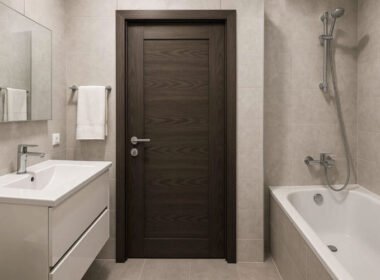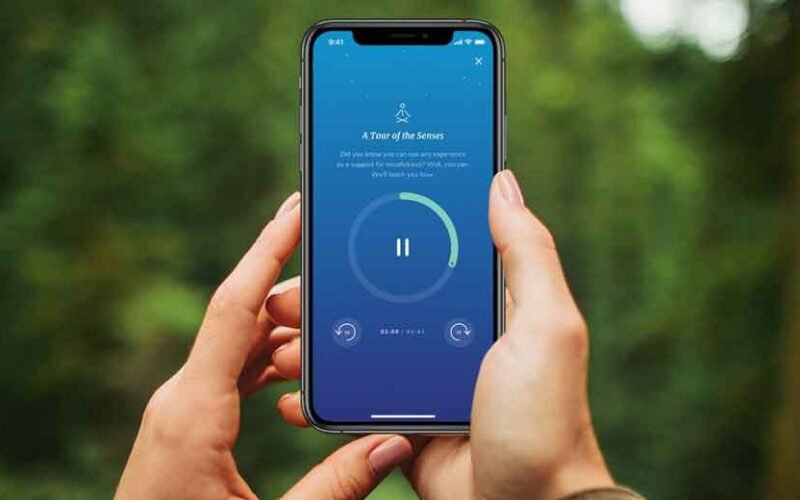Mindfulness isn’t only cultivated while sitting in silence—it can also flourish through movement. Walking meditation combines the benefits of physical activity with mindful awareness, helping users reconnect with their bodies, environments, and inner thoughts. With the rise of mobile technology, walking meditation apps offer a practical way to develop and track mindfulness practices. But rather than just logging your steps, these apps can measure deeper elements such as focus, emotional trends, and consistency. We will explore how you can use these tools to monitor your mindful journey, stay motivated, and deepen your awareness with every step.
Understanding Progress in Walking Meditation Through Technology
- Define Your Mindfulness Intentions Within the App
Before any journey can be tracked, it’s important to understand the direction. When beginning walking meditation with an app like those featured on platforms such as Blisstrax, start by setting clear mindfulness goals. Are you trying to reduce stress? Improve focus? Increase awareness of your body and breath. Most walking meditation apps allow users to set intentions or select categories for their walk, such as “clearing the mind” or “connecting with nature.” This initial step shapes the metrics the app will provide, making your progress more meaningful.
If your intention is emotional regulation, the app may prompt you to log your mood before and after walks, allowing you to recognize trends over time. This self-awareness is vital because it shifts progress tracking away from performance and into personal transformation. The clarity of your goal allows the app to reflect subtle changes in your inner landscape that you might otherwise overlook.
- Use Real-Time Audio Guidance and Reflection Features
Many free walking meditation apps offer real-time audio sessions, which not only guide your steps but also help train your awareness. These guided walks often include breathing cues, gentle reminders to refocus, and environmental prompts, such as noticing sounds or textures in your surroundings. Apps such as those listed on Blisstrax offer a variety of meditation themes and durations specifically tailored for walking. But beyond simply listening, these apps often include a post-walk reflection section where you can rate your focus level, emotions, and bodily sensations.
By consistently using this feedback loop, the app begins to track your mindful progress. This reflection isn’t about judgment—it’s about noticing. Over time, you’ll observe that even when external distractions are present, your ability to refocus might improve. These small shifts are signs of growth. The more you use guided walks paired with personal reflection, the more effectively your app can help you identify patterns in your mindfulness practice.
- Track Consistency with Built-In Progress Logs and Reminders
One of the most valuable ways walking meditation apps support progress is through their tracking and reminder systems. Most apps log your sessions, durations, and themes used. This information is then presented as a timeline or calendar, giving you a visual overview of your practice frequency. Apps recommended through platforms like Blisstrax often include streak counters and gentle nudges to help you build consistency without pressure. This kind of feedback is important not for competition, but for developing rhythm in your mindfulness practice.
Seeing that you’ve meditated five days in a row can create a sense of momentum. If you miss a day, the app doesn’t shame you—it simply reminds you of the opportunity to return. Over weeks or months, this log becomes a testament to dedication. It’s not about being perfect; it’s about showing up. And walking meditation apps make this visible, reinforcing the idea that mindfulness is a lifelong habit, not a single achievement.
- Measure Physical and Emotional Shifts Over Time
Unlike traditional fitness trackers that focus solely on distance or calories, walking meditation apps often include features that allow you to log how you feel before, during, and after a session. Some use emoji-based mood sliders, others allow journal entries, and a few include voice memo options. Over time, these entries can be reviewed to reveal emotional patterns. For example, you may notice that morning walks lead to better focus in the afternoon, or that nature-based walking meditations consistently result in calmer moods.
Some apps also sync with wearable devices to track heart rate variability (HRV), which is a known indicator of stress and relaxation. While not all users require this level of data, those who do can utilize it as an additional dimension of their mindfulness progress. By observing these patterns, you’re not just learning about the benefits of walking meditation—you’re learning about yourself. This blend of emotional awareness and light biometrics helps you track progress in a way that feels grounded and personal.
Walking meditation offers a moving path toward clarity, calm, and self-understanding—and the right app can illuminate that path. Tracking progress in mindfulness doesn’t require measuring perfection; it’s about noticing patterns, building consistency, and reflecting on subtle shifts in awareness. With features like guided audio, mood logging, reflection prompts, and custom sessions, walking meditation apps provide a multidimensional view of your practice. We have explored how using these tools can deepen your connection with each step while offering insight into your emotional and mental well-being. By pairing mindful movement with modern tracking tools, you’re not just walking—you’re evolving, one conscious moment at a time.










